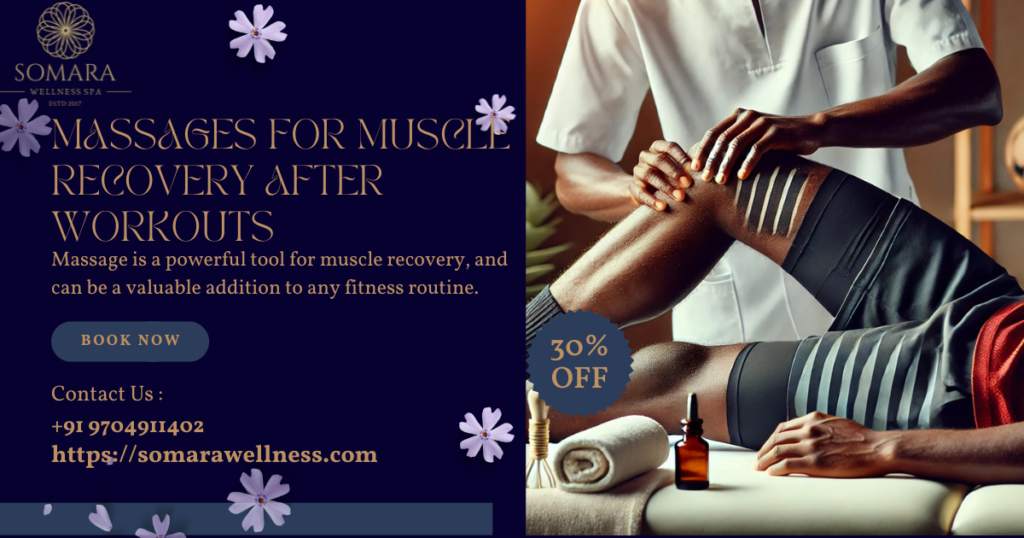Massage for Muscle Recovery: A Gym Lover’s Guide
As a gym enthusiast, you understand the importance of recovery after a intense workout. Massage is an effective way to aid in muscle recovery, reduce muscle soreness, and improve overall performance. In this guide, we’ll explore the benefits of massage for muscle recovery, different types of massage, and provide tips on how to incorporate massage into your fitness routine.
Benefits of Massage for Muscle Recovery
- Reduces Muscle Soreness: Massage helps to reduce delayed onset muscle soreness (DOMS) by increasing blood flow and breaking down adhesions in the muscle.
- Improves Flexibility: Massage increases flexibility by lengthening the muscle and tendon, allowing for greater range of motion.
- Enhances Recovery: Massage aids in the removal of waste products, such as lactic acid, that can build up in the muscle after exercise.
- Reduces Inflammation: Massage has anti-inflammatory effects, which can help to reduce muscle inflammation and promote healing.
- Improves Performance: Regular massage can improve muscle function, allowing for more efficient and effective workouts.
Types of Massage for Muscle Recovery
- Swedish Massage: A gentle, relaxing massage that promotes blood flow and reduces muscle tension.
- Deep Tissue Massage: A more intense massage that targets deeper layers of muscle and connective tissue.
- Sports Massage: A specialized massage designed for athletes and fitness enthusiasts, focusing on specific areas of tension and stress.
- Self-Myofascial Release: A technique using tools, such as foam rollers or lacrosse balls, to release tension in the muscle and connective tissue.
Tips for Incorporating Massage into Your Fitness Routine
- Schedule Regular Massages: Aim for at least one massage per month, or more frequently if you’re engaging in high-intensity exercise.
- Use Self-Myofascial Release Techniques: Incorporate tools, such as foam rollers or lacrosse balls, into your daily routine to release tension and promote recovery.
- Focus on Specific Areas: Identify areas of tension and stress, such as the IT band or quadriceps, and focus massage efforts on these areas.
- Communicate with Your Massage Therapist: Inform your massage therapist of any areas of tension or stress, as well as any injuries or concerns.
- Make Massage a Part of Your Recovery Routine: Incorporate massage into your recovery routine, along with other techniques, such as stretching, foam rolling, and rest.
Also read: Best Massage For Stress How It Helps Your Mind and Body
Conclusion
Massage is a powerful tool for muscle recovery, and can be a valuable addition to any fitness routine. By understanding the benefits of massage, different types of massage, and incorporating massage into your routine, you can improve muscle function, reduce muscle soreness, and enhance overall performance. Remember to schedule regular massages, use self-myofascial release techniques, and communicate with your massage therapist to get the most out of your massage experience.
Book Now and Start Your Journey to Wellness
Let us help you listen to your body and prioritize self-care. Book your massage therapy session today and start your journey to wellness!
Contact Somara Wellness at +91 9704443218 or click here to book your appointment.

